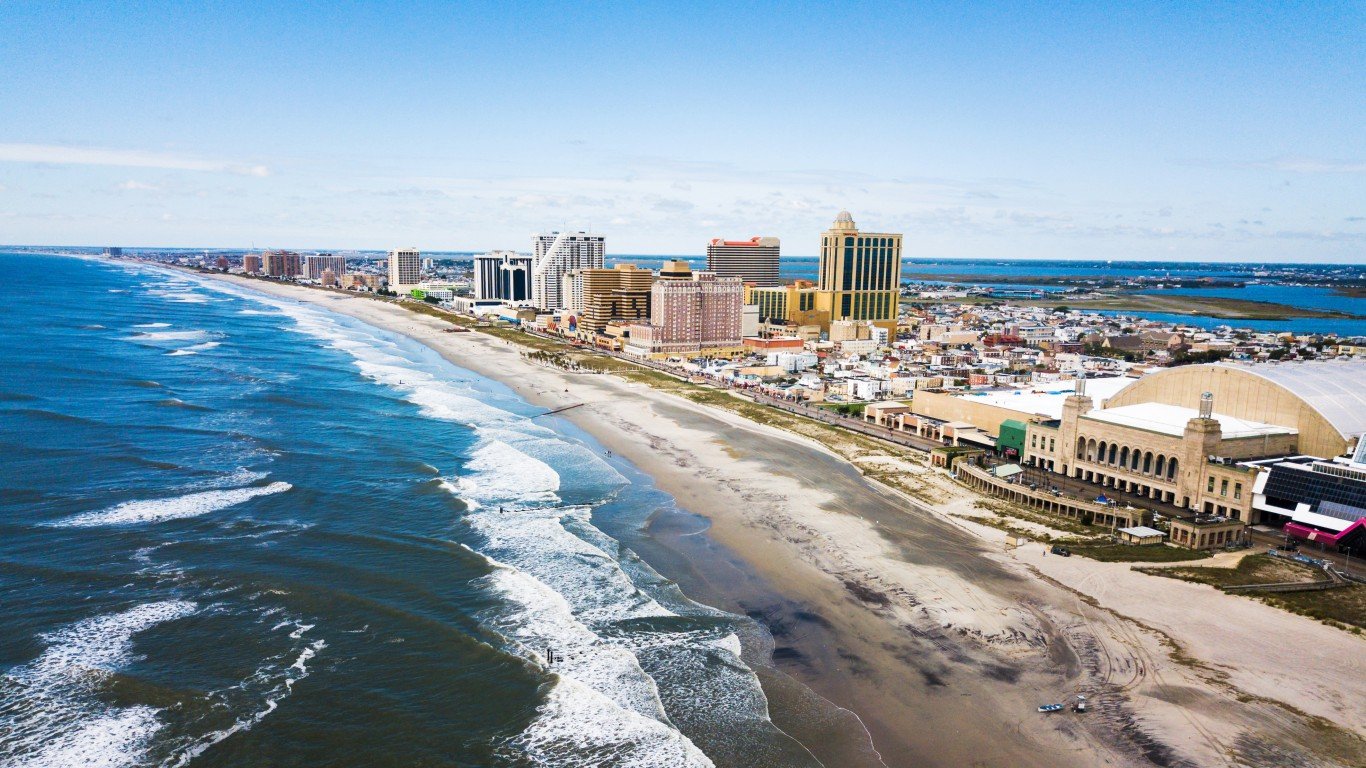

While the growth of the COVID-19 virus across the U.S. has slowed, it remains a tremendous danger. The daily growth of confirmed cases has slow to under 100,000 from an amount much more than twice that three short months ago. New fatal cases per day now run as low as 1,000, which is much as three quarters lower than the peak. Nevertheless, there have been 29,633,697 confirmed cases so far, which is about 25% of the world’s total. Fatal cases in the U.S. are 538,918, about 20% of the global number.
Vaccination rates have risen quickly in the last two weeks. The Biden Administration says it will have enough vaccine for all Americans by May 1. At this point, 21% of Americans have received at least one dose and 11% have been fully vaccinated. Nationwide, 135,846,665 doses have been delivered and 105,703,501 have been given.
There are two challenges to further slowing the spread of the disease. The first is variants, some of which may spread faster than the version which infected most people from last January until recently. The CDC tracks three of these for the public–the B.1.1.7, the B.1.351, and the P.1 variant. There are variants in all 50 states, and epidemiologists believe that there are more than these three.
The other challenge is the opening up of parts of the U.S. Texas, the second largest state by population is a case in point. The governor has dropped the state’s mask mandate, and allowed a renewal of social gatherings, and opened businesses. Public health officials worry this may cause a fourth wave of the disease.
Much of the reported data about COVID-19 covers raw numbers–deaths, recoveries, hospitalizations, and confirmed cases. However, these figures do not allow people to compare places with very different population sizes. The solution is to report numbers on a per 100,000 person basis.
The New York Times measures states based on cases per 100,000 in the last seven days. The figure with the highest number is New Jersey at 40. That is just ahead of New York State where the figure is 35. Within New Jersey, the county with the highest number is Monmouth County with a figure of 56.
Monmouth County was among the hardest-hit counties in American early on in March and April when the disease battered New York City and the surrounding areas. A total of 1,442 people have died there, one of the highest totals of any county in America.
Monmouth County sits southeast of New York City on the shore of The Atlantic Ocean. According to the U.S. Census, it had an estimated population of 618,795 people as of July 1, 2019. About 75% of the population is White. Another 11% is Hispanic and slightly less than 8% is Black. The median household income is $99,733, substantially above the national average, and the poverty rate is 6.2%, well below the national numbers.
The intensity of the infections will drop and the epicenter of COVID-19 cases will move elsewhere. However, it will remain one of the hardest-hit counties even then.
Click here to see This Is The State Struggling The Most To Vaccinate Residents
Sponsored: Find a Qualified Financial Advisor
Finding a qualified financial advisor doesn’t have to be hard. SmartAsset’s free tool matches you with up to 3 fiduciary financial advisors in your area in 5 minutes. Each advisor has been vetted by SmartAsset and is held to a fiduciary standard to act in your best interests. If you’re ready to be matched with local advisors that can help you achieve your financial goals, get started now.
Thank you for reading! Have some feedback for us?
Contact the 24/7 Wall St. editorial team.



